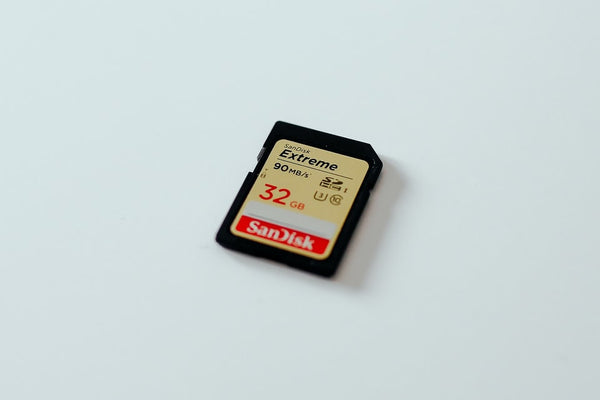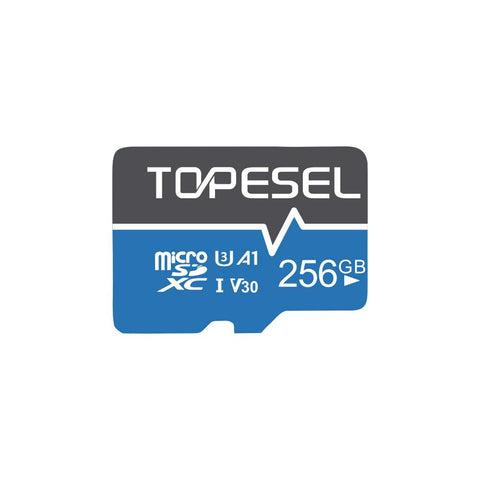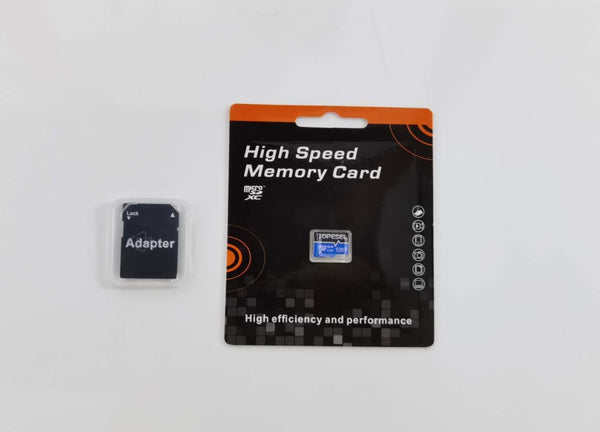Small storage devices are flooded with features such as low prices, diversified varieties, practicality, etc., such as smartphones, mobile phones, digital cameras, game consoles (such as Nintendo Switch), and other small electronic devices are frequently used a kind of products collectively referred to as SD, such as TF card and SD card (they belong to the SD product line).
However, because many people do not agree with the name, it is easy for some people to confuse the TF card and SD card. So what are the differences between the TF card and SD card?
What is a TF card?
TF card (full name TransFlash) is currently the smallest memory card of independent products. TF card is the most commonly used memory card on mobile phones, almost the standard configuration of mobile phone storage. Therefore, the mobile phone card and mobile phone memory card generally refer to the TF card. Although some previous mobile phones did not use a TF card as a storage device (that is a memory card twice the size of a TF card), almost all mobile phones now use TF cards. So one of the differences between the TF card and SD card is: all the current mobile phones are using TF card (if they have a TF card slot, all iPhones don’t have it ). Let's take a look at the appearance of the TF card:
The picture above is the TF card. Its size is (11*15*1 mm), only a little more than 1 cm wide, 1.5 cm long, and 1 mm thick, which is small! By the way, look at the silk-screened letters on the card: micro SD. Is it strange that SD is printed? This is because the TF card is designed with SD architecture, so the SD Association officially changed its name to Micro SD at the end of 2004. That's why everyone will see the letters of micro SD printed on the TF card.
The TF card adopts the latest NAND MLC technology and controller technology. Although it is small in size, the transmission speed is faster, which can reach 104MB/s. TF card also has a built-in copyright protection management system, which can effectively protect the security of stored content. TF is more suitable for storing high-resolution images and high-quality audio content.
The performance of the TF card is very impressive. For example, on the car dashcam, the faster transmission speed of the TF card can instantly record the driving picture. TF cards were initially used more on mobile phones that support memory expansion, but many mobile phones gradually removed the extended storage function to save internal space. In terms of price, TF cards with the same capacity are also cheaper than SD cards, so many new-generation devices only support TF cards.
There are many types of TF cards. Although they have the same appearance, they have different speeds. They are distinguished by speed: from slow to fast, there are Class2 (2MB/sec), Class4 (4MB/sec), and Class6 (6MB). /sec), Class10 (10MB/sec), U3/V30 (30MB/sec), so you should pay attention when buying them.
What is an SD card?
The SD card was made one day in August 1999. Later, due to the sharp increase in camera sales, SD cards have now become almost the standard storage configuration for digital cameras. Just like the mobile phone must have a TF card, the camera has an SD card. Of course, the SD card is not dedicated to the camera. Today's laptops are generally equipped with SD card slots as standard. Let's first take a look at what the SD card looks like:

What is an SD card? This is the appearance of the SD card, which is much larger than the TF card.
The following is a card adapter for converting a TF card to an SD card, not a real SD card. There are some misunderstandings on the Internet, leading some people to think that SD cards can be inserted into TF cards.
The one on the left is an micro SD card adapter (you can also call a TF card to SD card adapter), and the one on the right is a TF card. There is an interface under the SD card sleeve, and a TF card can be inserted into it. In this way, the micro SD card, or TF card, becomes an SD card.
The higher the class number of TF card, the faster the speed
Memory card (TF card) is a good helper for mobile phone expansion storage, helping you store a lot of learning materials, photos, videos, etc. In addition to loading things, poor memory card performance will also affect the overall performance and experience of the phone. This article focuses on Android phones.
The current mainstream is the micro SD card, also called the TF card. Basic mobile phones support SDHC. To put it simply, cards from 4G to 256G can be supported by current mobile phones (need to be confirmed with the suggested expansion storage of your phone). When purchasing the card, the memory card has an indicator that indicates the Class number, such as Class2 (2MB/sec), Class4 (4MB/sec), Class6 (6MB/sec), Class10 (10MB/sec), etc. It represents the card's minimum writing speed requirement (not the reading speed of the TF card, generally the reading speed is several times faster than the writing speed, this speed value, the higher the better. For the smartphone, it is recommended to buy at least Class 10 cards, the speed is relatively fast.
On how to perform a TF card speed test. Prepare a good quality card reader, insert the TF card, then insert it into the computer, open the software, and start the test (be careful not to select the hard drive for the drive letter during the test, remember to select the one that the card reader recognizes). For files of different sizes, the speed of writing and reading are different, to select the memory card for smartphones not only requires the highest reading and writing speed but also the speed of small files must not be ignored, because many programs of the Android system will transfer some data files and save it on the SD card. At present, most Android phones use TF cards as SD cards (some phones with built-in mass storage are not like this, such as Galaxy Note).
What does the slow writing speed mean? For example, when opening the APP, there are many small files to be updated. A TF card with a slow writing speed may take more than 10 seconds.


